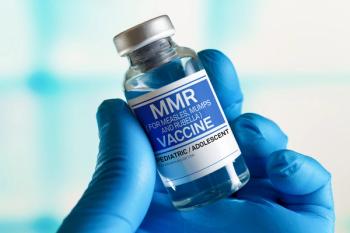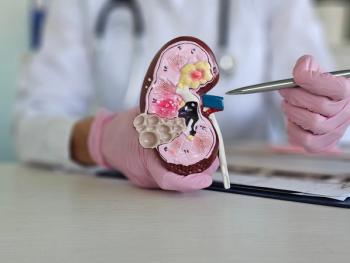
Minorities Less Likely to Receive Treatment for Prostate Cancer
New data indicates men of African American and Hispanic descent are less likely to undergo therapy for prostate cancer compared with Caucasian men.
A recent study shows that African American and Hispanic men are less likely to receive treatment for prostate cancer, even when their disease is more aggressive, than Caucasian and Asian-American men.
In a study published in Urology, researchers gathered data from the national Surveillance, Epidemiology and End Results (SEER) Program on 327,641 men diagnosed with localized prostate cancer between 2004 and 2011.
Factors such as age, race, marital status, year of diagnosis, treatment, D’Amico risk classification, Gleason score, and whether or not the men received definitive treatment were evaluated for the study. The findings revealed that African American men and Hispanic men were less likely to receive therapy compared with Asian American and Caucasian men, even when they had high risk prostate cancers with a Gleason score of 7 or higher.
Authors noted that it may be possible that many of these men had instead opted to defer treatment and go with the
“Despite their higher risk for more aggressive disease, African American men and Hispanic men are less likely to receive treatment, and less treatment may play a significant role in increased rates of death from prostate cancer,” said senior study author Willie Underwood III, MD, MPH, MSci. “This research demonstrates a need for an action plan to address a racial disparity that has been known for more than 20 years.”
Researchers also analyzed the data using the D’Amico risk model, which calculates the risk of recurrence following localized treatment for prostate cancer. Through this analysis, African American men who were diagnosed within each category (low, intermediate, and high risk disease) were found to have significantly lower odds of receiving definitive treatment.
Additionally, Hispanic men with intermediate- or high-risk disease were found to also have lower odds of receiving treatment. Among Asian Americans, researchers reported that these men were older and had more advanced disease at the time of diagnosis.
Furthermore, Asian American men were as likely to receive treatment as Caucasian men. Results in the Gleason score and D’Amico analyses were found to be similar for Asian Americans and Caucasians.
“This data shows a significant disparity in the rates of prostate cancer treatment among African American men and an emerging disparity among Hispanic men, compared to the broader population,” said lead study author Kelvin Moses, MD, PhD. “We hope that these findings will inspire physicians and public health organizations to develop interventions to help address these persistent disparities.”
Newsletter
Stay informed on drug updates, treatment guidelines, and pharmacy practice trends—subscribe to Pharmacy Times for weekly clinical insights.














































































































































































































